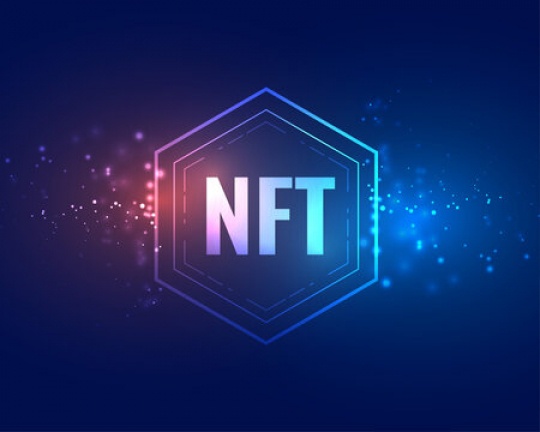The world of blockchain technology has seen remarkable innovations in recent years, and Non-Fungible Tokens (NFTs) have emerged as a particularly exciting development. These unique digital assets, stored securely on the blockchain, have opened up new possibilities for creators, collectors, and investors alike. With the increasing popularity of NFTs, there's a growing demand for platforms where these assets can be bought, sold, and traded. If you're considering launching your own NFT exchange platform, you're about to embark on a journey that could revolutionize the way people interact with digital assets. In this blog, we'll explore the steps involved in breaking ground and launching your very own NFT exchange platform.
Understanding NFT Exchanges
Before diving into the process of launching an NFT exchange platform, let's take a moment to understand what exactly an NFT exchange is and why it's important. An NFT exchange is essentially a marketplace where users can buy, sell, and trade NFTs. These platforms provide a place for creators to showcase their work, for collectors to discover and acquire new pieces, and for investors to speculate on the value of digital assets. NFT exchanges operate on blockchain networks, leveraging smart contracts to facilitate transactions and ensure the authenticity and ownership of NFTs.
Step 1: Define Your Vision
The first step in launching your own NFT exchange platform is to define your vision for the project. What sets your platform apart from existing exchanges? Are you targeting a specific niche or audience? How do you envision the user experience? Take the time to brainstorm and articulate your goals and objectives for the platform. This will serve as the foundation for all subsequent steps in the process.
Step 2: Choose the Right Blockchain
Choosing the right blockchain platform is critical to the success of your NFT exchange. Ethereum is the most popular choice for NFTs, but other blockchain networks like Binance Smart Chain, Solana, and Flow are also gaining traction. Consider factors such as scalability, security, transaction fees, and developer support when making your decision. Each blockchain has its own unique features and trade-offs, so be sure to do your research before making a choice.
Step 3: Develop Smart Contracts
Smart contracts are the backbone of any NFT exchange platform. These self-executing contracts automatically enforce the terms of agreements between buyers and sellers, ensuring transparency and security in transactions. Work with experienced blockchain developers to design and deploy smart contracts that govern the creation, ownership, and transfer of NFTs on your platform. Thoroughly test and audit your smart contracts to identify and mitigate any potential vulnerabilities.
Step 4: Design the User Interface
The user interface (UI) of your NFT exchange platform plays a crucial role in attracting and retaining users. Design an intuitive and visually appealing interface that makes it easy for users to browse, buy, and sell NFTs. Pay attention to factors such as navigation, layout, and aesthetics to create a seamless and engaging user experience. Keep in mind that simplicity is key – avoid clutter and unnecessary complexity that could overwhelm users.
Step 5: Implement Security Measures
Security is paramount when it comes to launching an NFT exchange platform. Implement robust security measures to protect users' funds and personal information from hackers and other malicious actors. This may include encryption, two-factor authentication, and cold storage for sensitive data. Regularly monitor and update your security protocols to stay ahead of emerging threats.
Step 6: Launch and Market Your Platform
Once your NFT exchange platform is built and tested, it's time to launch it to the world. Develop a comprehensive marketing strategy to promote your platform and attract users. Leverage social media, content marketing, influencer partnerships, and other channels to raise awareness and drive traffic to your platform. Consider offering incentives such as promotional discounts or rewards programs to incentivize early adoption.
Step 7: Foster Community Engagement
Building a strong community around your NFT exchange platform is essential for long-term success. Foster engagement among users by hosting events, creating forums for discussion, and incentivizing participation. Encourage artists to showcase their work and collectors to share their collections. By creating a vibrant and active community, you can increase user retention and loyalty to your platform.
Step 8: Continuously Improve and Innovate
The work doesn't stop once your NFT exchange platform is up and running. Continuously monitor user feedback and analytics to identify areas for improvement and innovation. Stay abreast of industry trends and emerging technologies, and be prepared to adapt and evolve your platform accordingly. By staying ahead of the curve, you can ensure that your NFT exchange remains competitive and relevant in the ever-changing landscape of digital assets.
Launching your own NFT exchange platform is an exciting and rewarding endeavor. By following these steps and staying true to your vision, you can break ground and carve out your own space in the burgeoning world of digital assets. So, what are you waiting for? It's time to bring your vision to life and revolutionize the way people buy, sell, and trade NFTs!


No comments yet